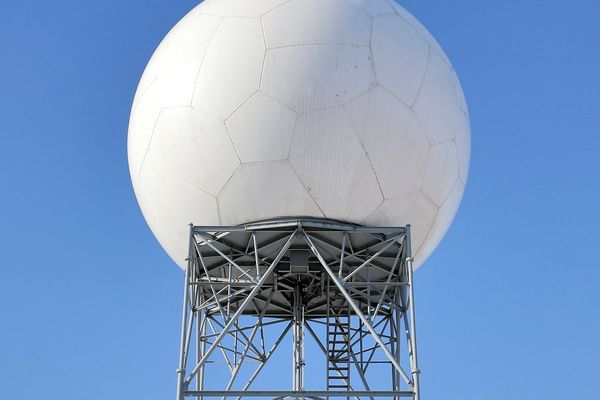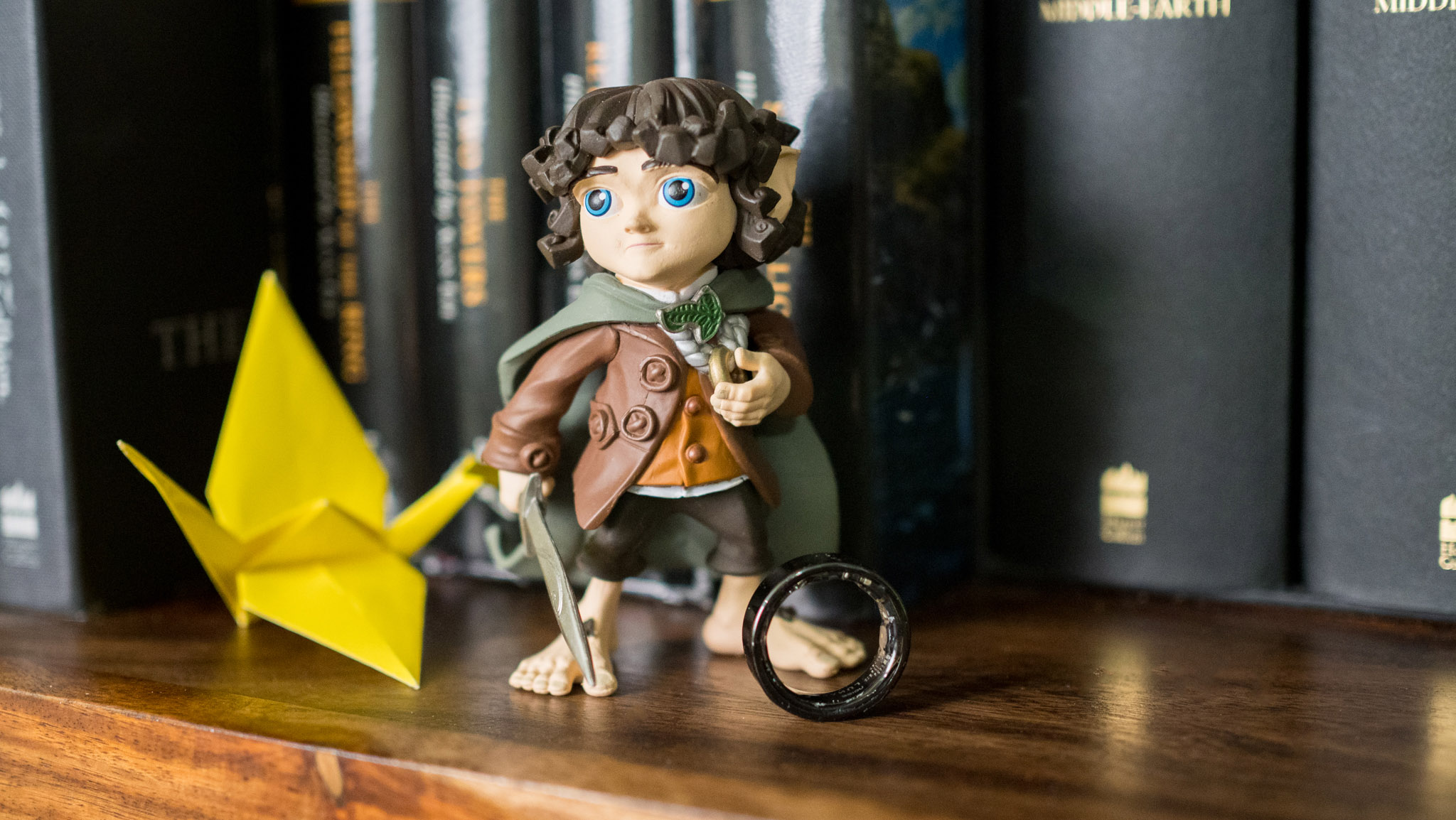
Smart rings are on the rise, and while the likes of Oura and Ultrahuman have an early-mover advantage, the arrival of Samsung's Galaxy Ring has catalyzed this category. I used Ultrahuman's Ring Air for most of the year now, and it is genuinely one of the best wearables I tested.
Noise is looking to get in on the action with the introduction of the Luna Ring. The brand is a leading wearable manufacturer in India, and it predominantly caters to the entry-level and budget categories. It is looking to undercut Ultrahuman by a sizeable amount, with the Luna Ring available in the country for ₹19,999 ($238). By contrast, the Ultrahuman Ring Air retails for ₹28,499 ($340).
The affordability makes the Luna Ring enticing, and after using the smart ring for a month, I can admit that the hardware is just as polished as the Ring Air. The Luna Ring is available in five color options — silver, gold, gold, black, and matte black — and weighs just three to four grams.
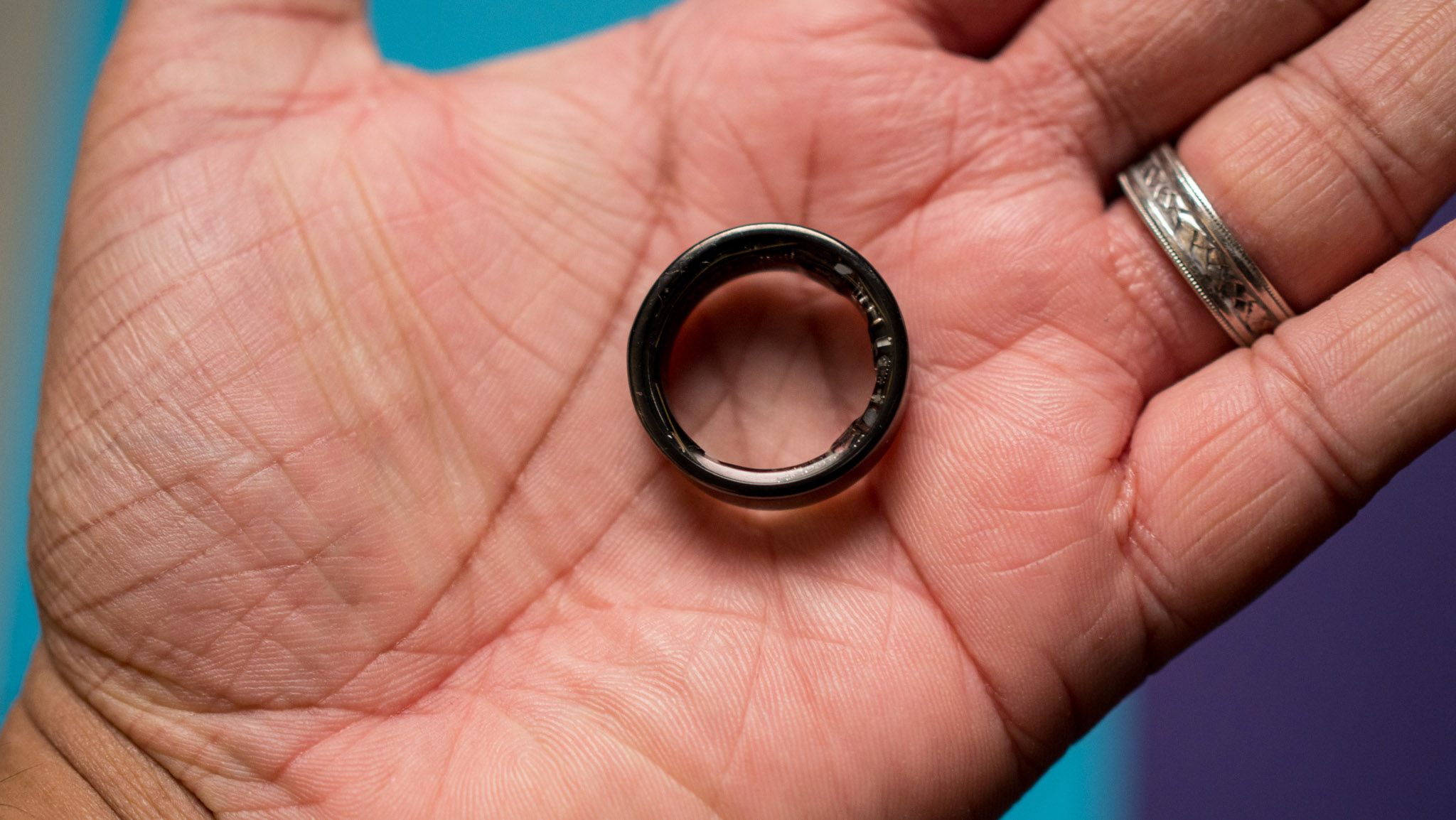
The chassis is made out of titanium, and the inner casing has a plastic finish and includes a heart rate sensor, blood oxygen sensor, skin temperature sensor, and an accelerometer. The sensor suite is standard stuff, and like the Ring Air, the Luna Ring doesn't look or feel like a smart ring.
It is a little wider than regular rings, but other than that, it isn't immediately evident that you're wearing a smart ring. The PVD coating is decent, but like other smart rings, it picks up scratches in daily use. Other than that, I don't have any issues with the design itself; Noise did a good job in this area, and the Luna Ring looks just as elegant as its rivals.
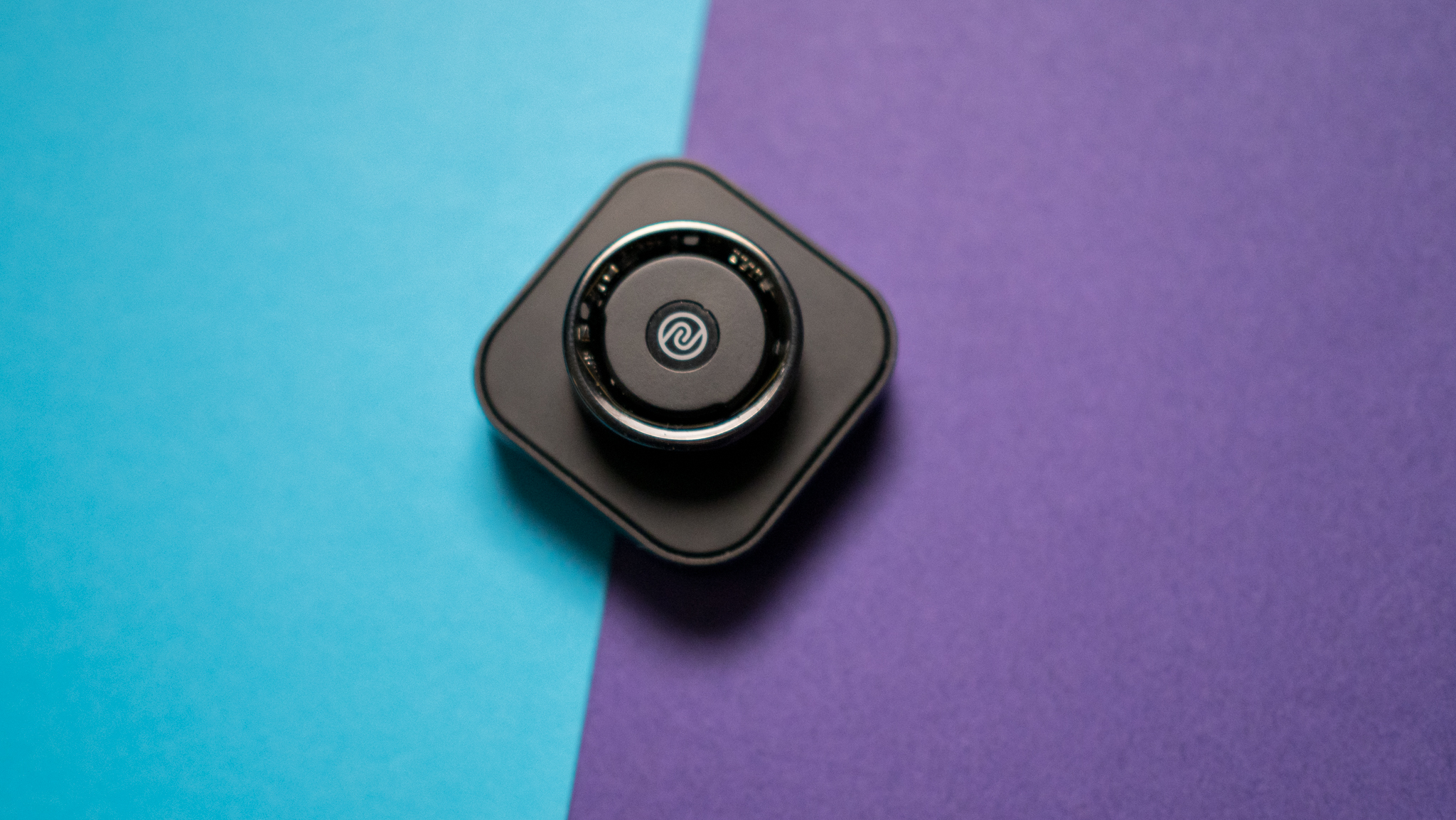
A big allure of smart rings is the ability to measure activity and health metrics without using a bulky smartwatch or a fitness band, and the Luna Ring gets the basics right. It measures heart rate continually, and you get to see skin temperature readings, SpO2 levels, and activity throughout the course of a day.
There is some variability to heart rate measurements when seen against the Ring Air, but the margin of error isn't high. The bigger issue is that activity monitoring is inconsistent, particularly with cardio workouts; I use an exercise bike indoors, and the Luna Ring's data was in line with that of basic fitness bands.
It is still usable if you just need a broad overview of your workouts, but if you want accurate heart rate measurements and training load, you have to get a smartwatch. The Ring Air had similar issues with activity monitoring, but a slew of software updates made a real difference, and while it still isn't anywhere as good as a smartwatch, it has a definite lead over the Luna Ring in this regard.
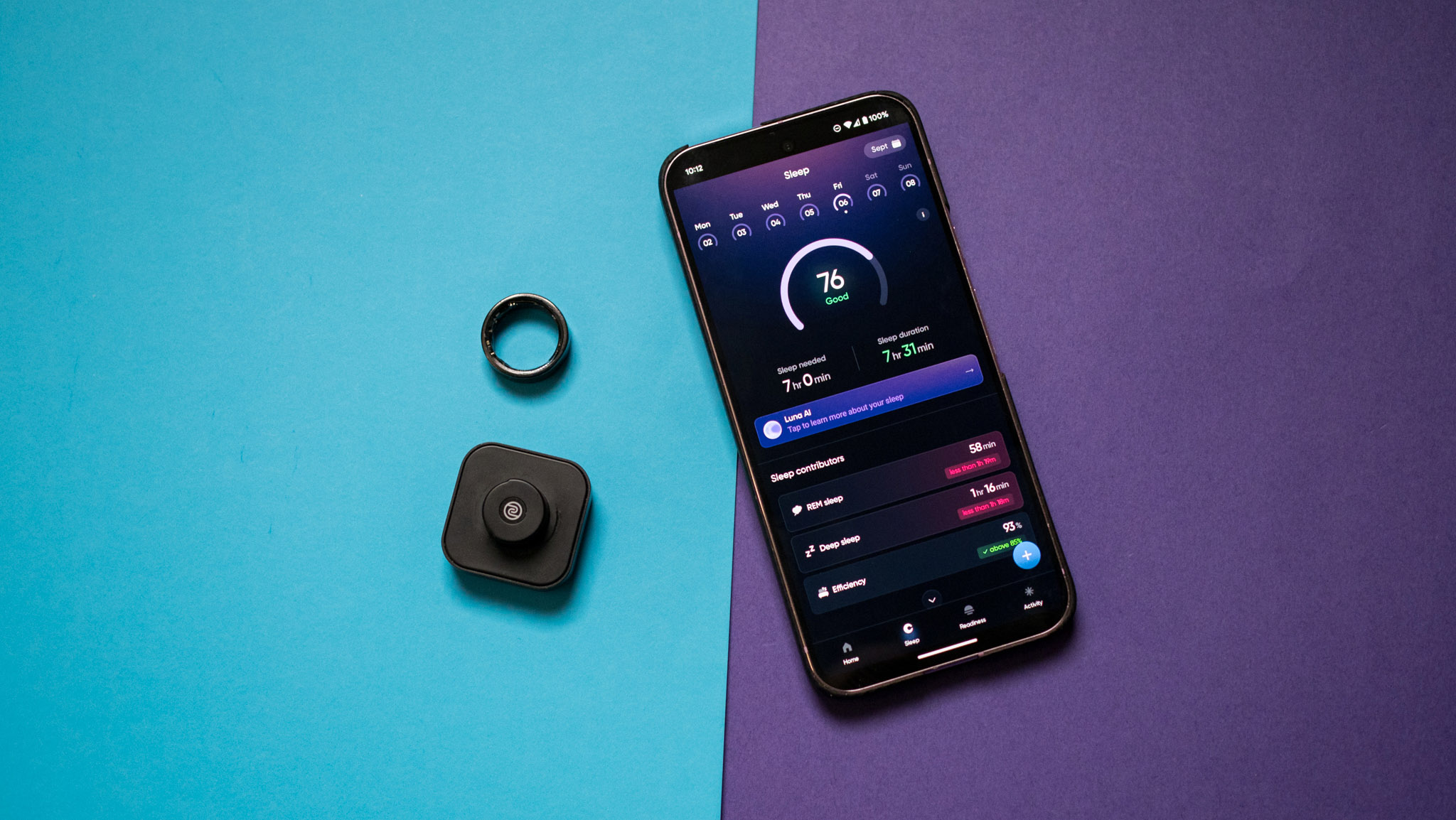
Where the Luna Ring comes into its own is sleep tracking; it is much less annoying than wearing a smartwatch to bed, and Noise's sleep metrics are decent. You get good insights into your sleep cycle, and you get a score along with suggestions on how to get better rest. On that note, the brand collates activity and health data to provide a readiness score, and it is pretty good too.
Because there isn't any panel on the smart ring, you don't get any notifications or alerts on your finger, and you'll need to use the app to track activity data. The interface itself is clean, and it connects to Google Fit, but there isn't much in the way of customizability. What's particularly annoying is that the app inundates you with notifications about connecting to the Luna Ring, and I had to disable the notification channel an hour after I started using the smart ring.
Also, you will need to give the app access to the alarm permission, and that isn't something I had to do with most other wearables. I don't see why Noise needs this as you can't set alarms on the ring itself, and it is irksome. I didn't see many issues with connectivity, but there were occasions when data wouldn't sync with the app automatically.
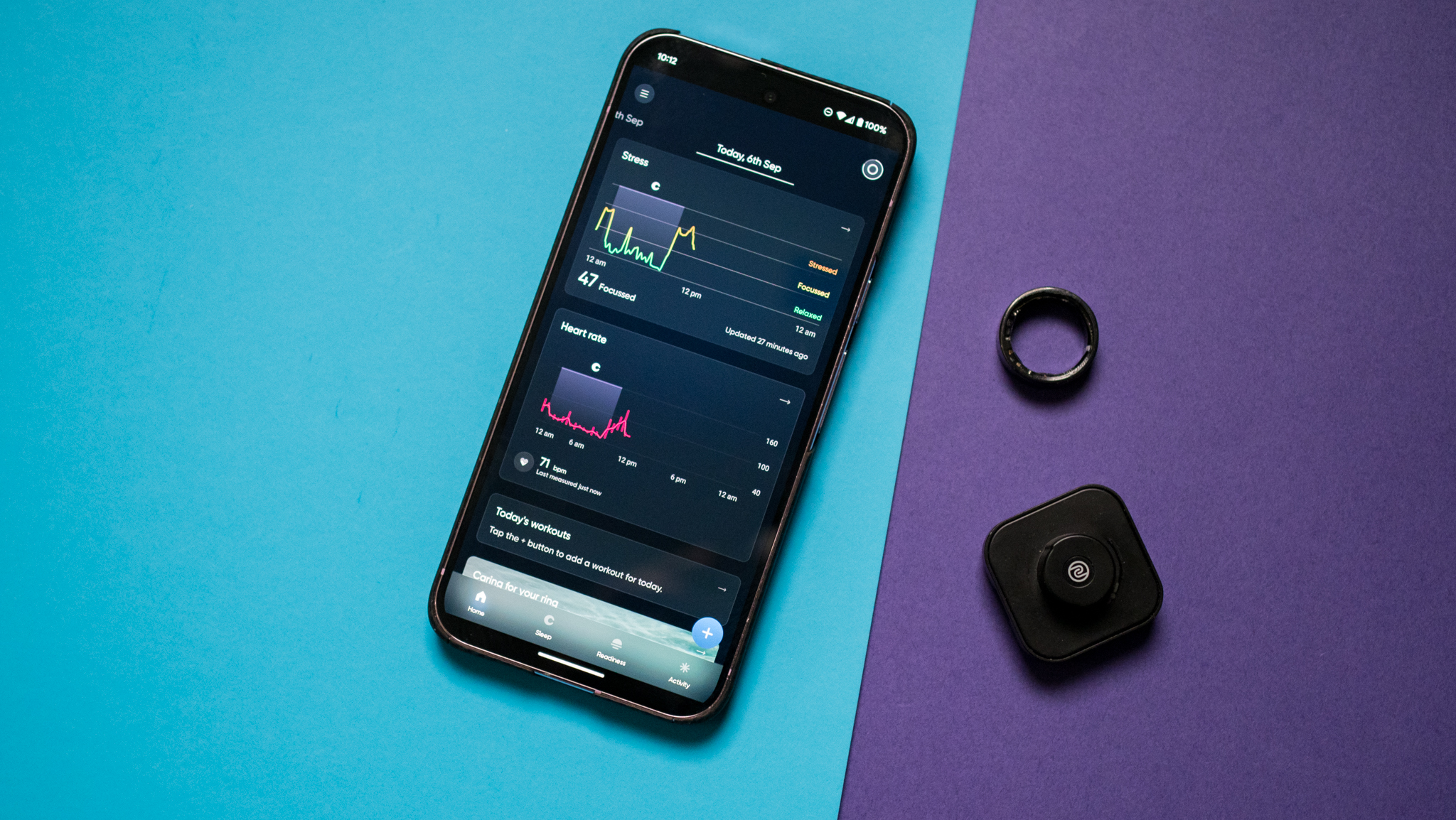
Battery life is another area where the Luna Ring doesn't quite measure up. Noise touts five-day battery life between charges, but in my usage, the Luna Ring barely made it past two days before it needed to be plugged in. That's a day less than what I get out of the Ring Air, and while it's still better than smartwatches, battery longevity isn't as good as its rivals.
And then there's the charging situation. You'll need to line up the sensors with the ridges on the charging stand, and even after doing that, the ring wouldn't charge. I had to fiddle with the positioning before I could get the ring to charge, and that was the case with every charge cycle.
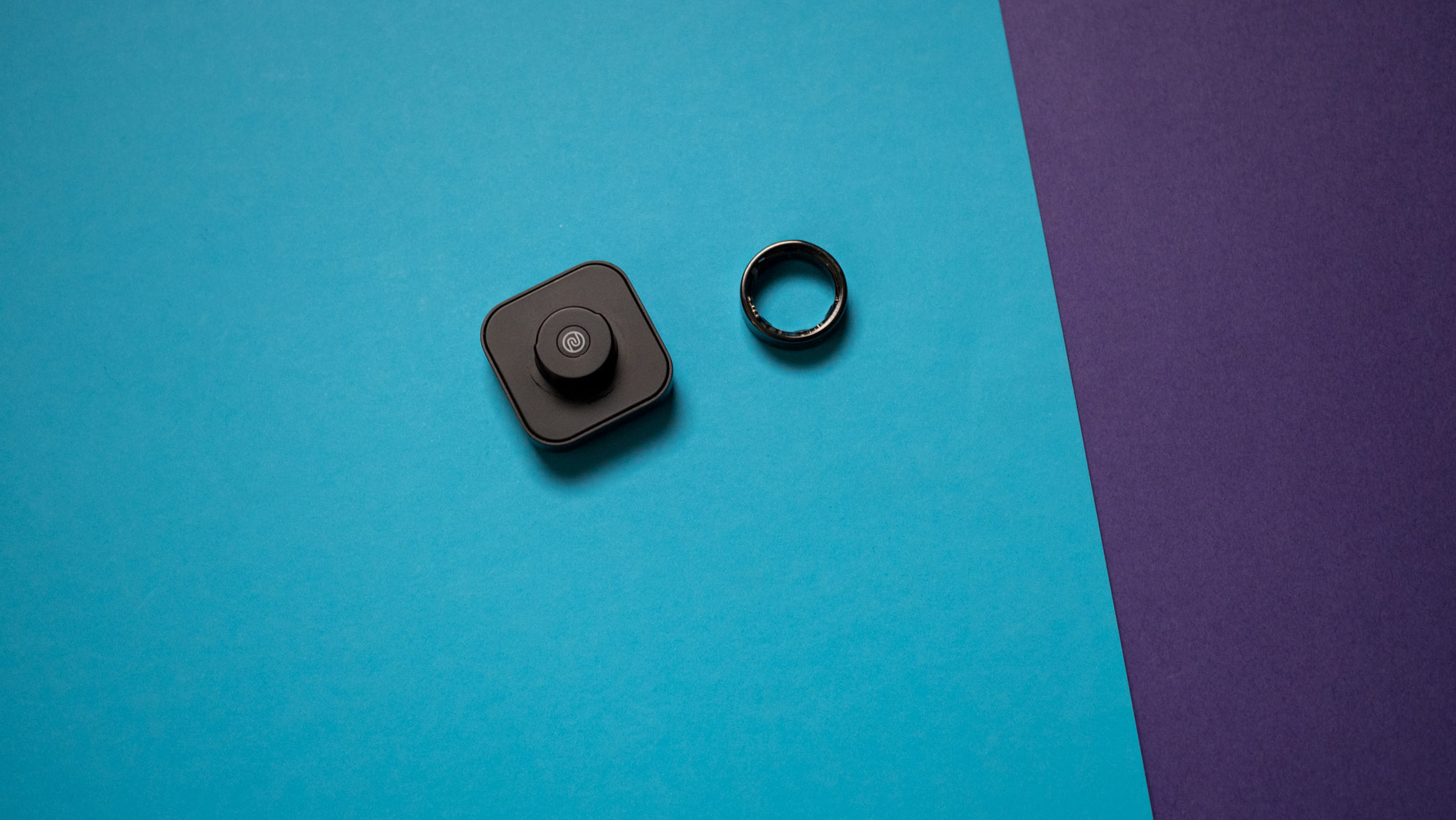
It would have been easier to recommend the Luna Ring if it were a smidgen more affordable — ideally around ₹16,000 ($191). Because as it stands, I don't see the smart ring nailing the brief. It has a lightweight design and is comfortable to wear throughout the day, and I like what Noise did with the sleep metrics and readiness score. That said, activity monitoring is unreliable at best, and the battery doesn't last as long as I imagined.
The biggest issue is the notification spam; yes, I know this can be addressed by muting notifications, but I shouldn't have to do that. If you're in India and are mulling a smart ring, Ultrahuman's Ring Air is still the better choice — it is costlier, but you're getting a much better product overall. If you need something on a budget, I'd suggest waiting until the Luna Ring gets a decent discount.




